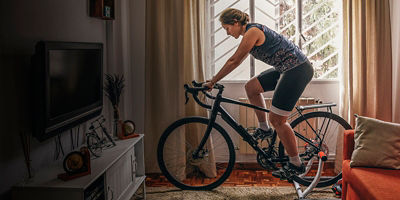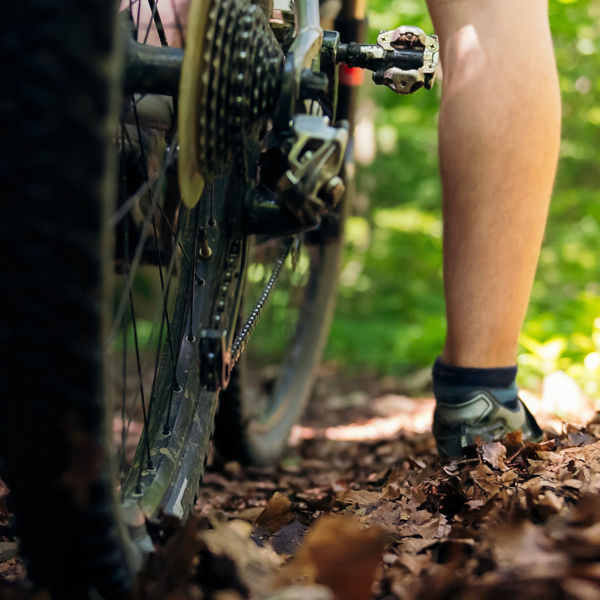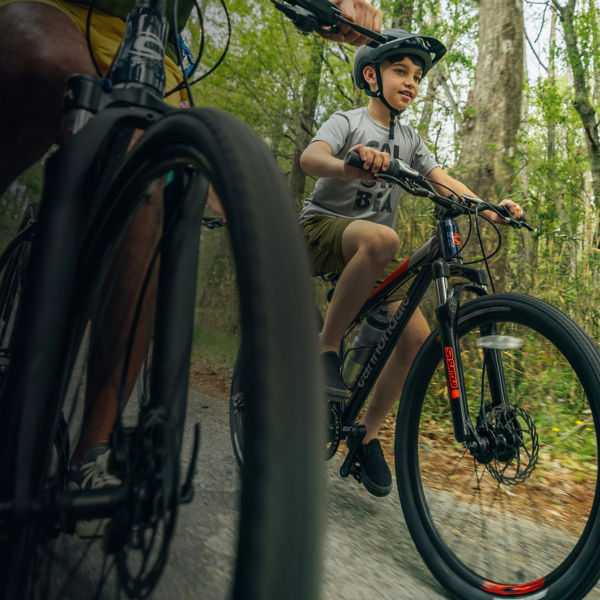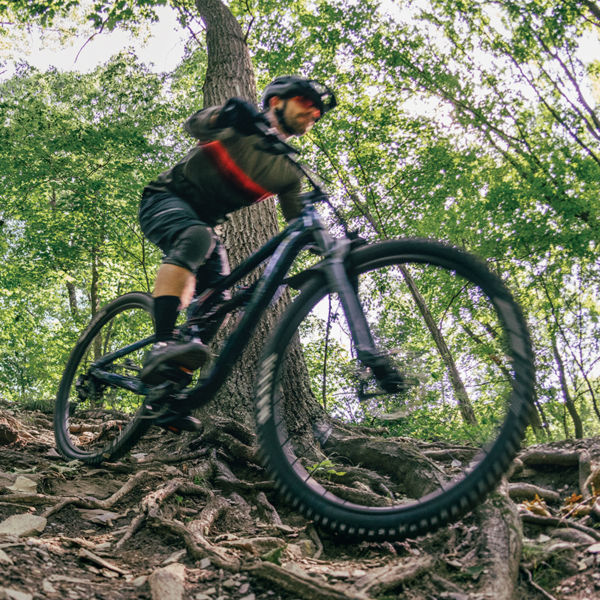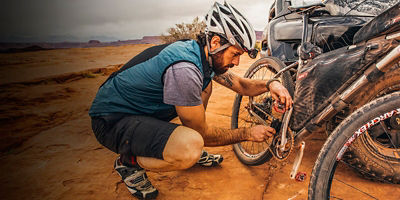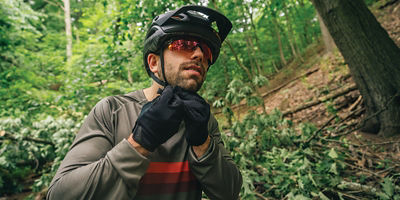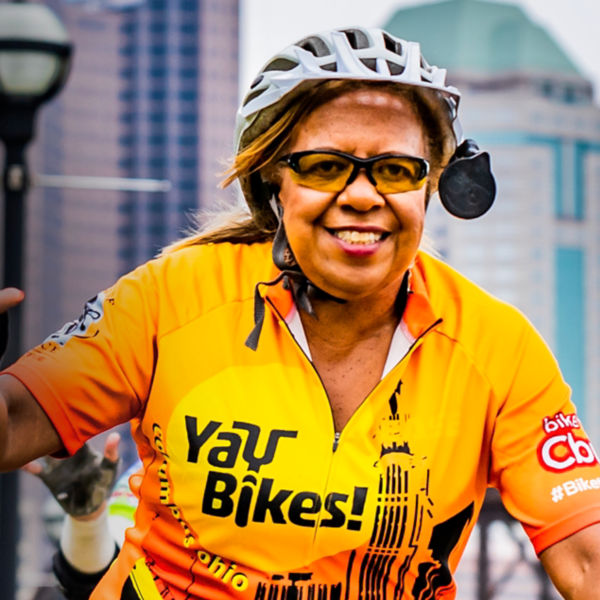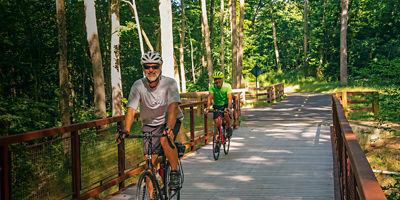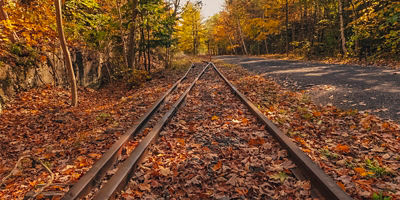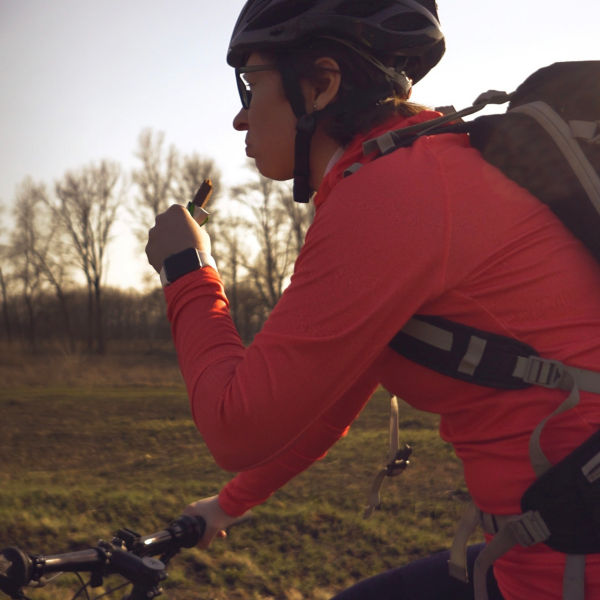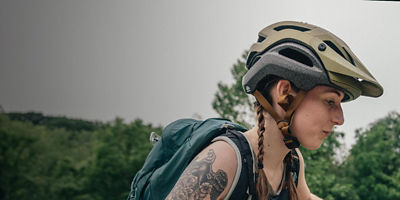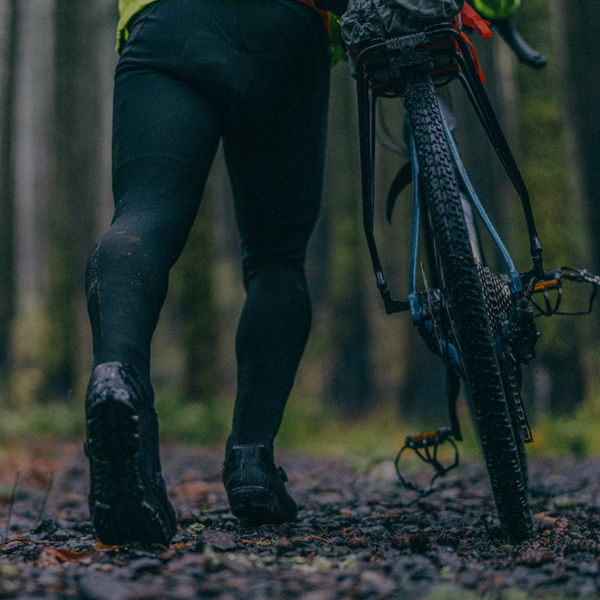
Is there anything more iconic than a kid riding a bike through his or her neighborhood? The early freedom to ride is one of the hallmarks of childhood, right up there with playing Little League or having that first backyard campout. The same could be said for a parent teaching his or her kid to ride a bike. It’s exciting and difficult and scary and then, suddenly, all that effort pays off: Your child is pedaling (or scooting if they’re toddlers) down the sidewalk or driveway on their own. And then getting to ride bikes with your kids, whether you’re spinning around the cul-de-sac or careening through a forest trail, is one of the true joys of parenthood—right up there with introducing your kids to The Goonies, or telling them about how difficult life was before cell phones. Here’s a step-by-step guide to riding bikes with your children, whether they’re just barely toddling through life or full-fledged big kids, from neighborhood play sessions to extended adventure rides in the wild.
In this article, you’ll learn:
- Safety tips
- Where to ride with kids
- Key gear you’ll need
- Tips to make riding more fun for kids
Safety First…and Third
Depending on how old you are, you might not have worn a helmet when you rode bikes as a kid. Fortunately, we’re smarter now, so every time your kid is on a bike, she should be wearing a helmet. Always. Even if she’s just spinning around the backyard. Gloves are another smart safety addition. They’ll make riding more comfortable and when she falls (it’s inevitable), the gloves can help cushion the blow and limit damage to the hands.
If you don’t have a driveway, empty parking lots are a great place for kids to learn the nuances of biking. The open space and flat terrain are ideal for learning pedaling, braking and handling skills. From there, move on to sidewalks or car-free greenways and teach your kids proper biking etiquette, like passing on the left and announcing to a pedestrian that you’re going to pass them. Adding a bell to the handlebars is a fun way for kids to let the world around them know they’re on the move.
It’s never too early to teach kids about car safety. Younger kids can ride on sidewalks and should stop at all street corners, but eventually, your kid will have to move into the street with traffic. Teach them early about riding on the right-hand side of the road, using hand signals to turn, and watching for incoming traffic at intersections.
And don’t forget the blinking tail light, which helps drivers see bikers, whether they’re on the road or sidewalk.
The Gear Your Kid Will Need
Obviously, the bike is the main purchase here. If you have a toddler that you want to get started in the two-wheeled life, balance bikes help teach younger kids the fundamentals of balance and handling without introducing pedals into the situation (they scoot the bike with their feet). Typically, kids who start on balance bikes are able to make the transition to their first pedal bike without the need of training wheels.
A tag-a-long, which looks like the rear end of a tandem bicycle that attaches to your seatpost, is a great addition if you want to get your kid used to riding on streets, or would like to take them on longer rides. They can pedal as much as they want, but aren’t reliant on their own power to get them up the hills.
Most kids bikes (12” wheels to 20” wheels) are mountain bikes with a short-travel suspension fork in the front. They’re heavy, but they can typically take a beating and can handle any terrain your kid is likely to encounter. That front shock offers just enough cushion to soften the blow of hopping curbs and small jumps. You can spend several hundred dollars on your kid’s bike, but remember that you’re just going to have to buy another one after the next growth spurt.
If your kids are interested in trying bigger rides but don’t have the leg strength to muscle up long climbs, you can also find bungee-like tow straps that connect your seat to your kid’s stem. They still need to pedal, but you can provide the muscle and take the sting out of long climbs.




